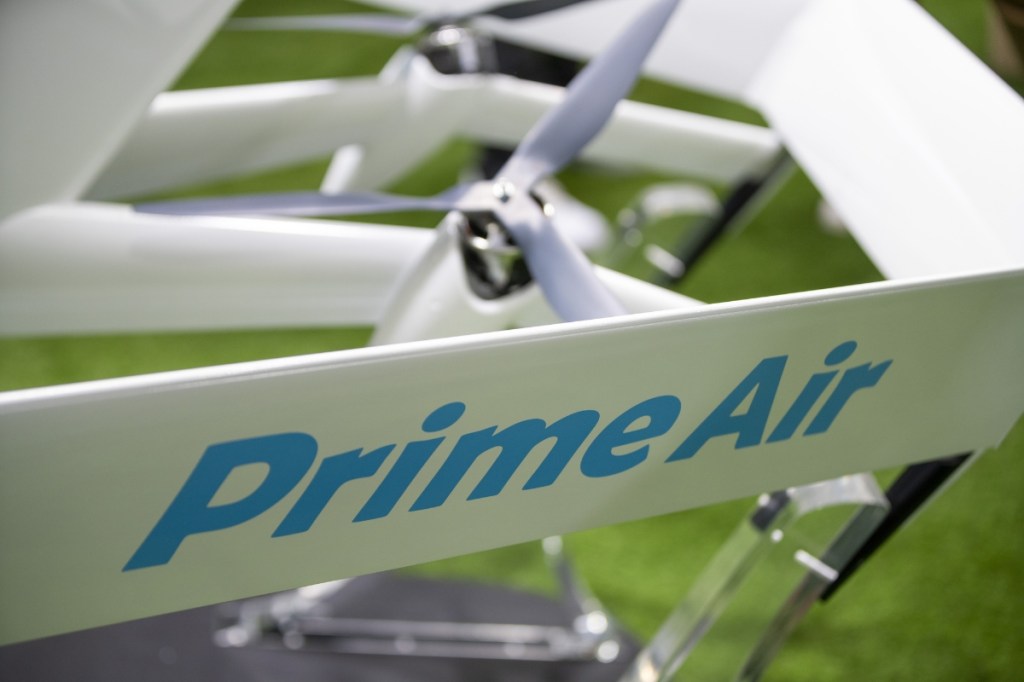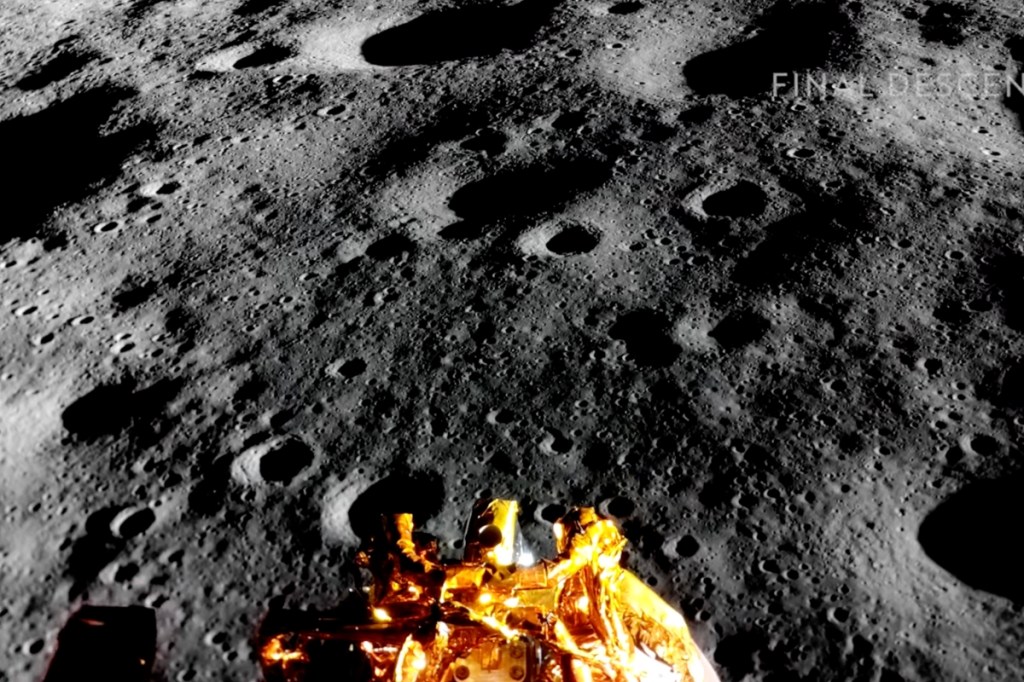It’s no secret that recreational drugs are often not exactly what they claim to be. A study just published in Drug and Alcohol Review found that 49.2 percent of New York City EDM party attendees who found or suspected contaminants in their ecstasy learned that it contained methamphetamine, amphetamine, or speed; 23.9 percent found out it contained cocaine; 3.1 percent found a drug similar to MDMA called MDA; and 2.8 percent found bath salts, a synthetic stimulant. Another study in Drug and Alcohol Dependence found that 46 percent of ecstasy pills contained no MDMA at all.
“There have been epidemics of adulteration of drugs throughout the US,” says Peter Chai, toxicologist and assistant professor of emergency medicine at Brigham and Women’s Hospital. “About 80 percent of cocaine in the US is adulterated with levamisole [a medication used to treat parasitic worm infections], and nearly 90 percent or more of the heroin in New England is adulterated with fentanyl.”
Videos by VICE
Fentanyl, a highly addictive synthetic opioid sometimes prescribed as a painkiller, is becoming a particularly widespread problem, with the CDC reporting almost 30,000 deaths from overdoses of fentanyl and fentanyl analogs in 2017. Most of these deaths are from unintentional exposure to fentanyl, says Joseph Palamar, associate professor of population health at NYU Langone Medical Center and lead author of the Drug and Alcohol Review study.
“Fentanyl-type compounds are one of the most common adulterants in opioids these days, and they are showing up in other drugs as well, such as cocaine and even sometimes in LSD,” adds Matthew Johnson, professor of psychiatry and behavioral sciences at Johns Hopkins University. “They are common as adulterants because in part they are super potent, meaning you only need small amounts, measured in micrograms, to have an effect. They are therefore also relatively easy to smuggle, as a small container could contain millions of doses.”
Some sellers cut their drugs with the aim of enhancing their effects, while others do it to make a bigger profit, Chai says. “You never know what you are buying when you purchase drugs from others.” Other times, drugs are not adulterated with dangerous substances but rather diluted with substances like sugar and salt that are benign but still not what you paid for, says Anton Gomez-Escolar, a technician for the drug-checking and harm-reduction organization Energy Control.
Testing one’s own recreational drugs—either with at-home kits or by sending samples to a lab—is often presented as a way to combat these problems. But not all drug tests are created equal, and their effectiveness depends on what you’re testing for and what method you use to test it.
The most reliable form of drug testing is liquid chromatography/mass spectrometry (LC/MS), says Brent Boyett, chief medical officer at the addiction treatment center Pathway Healthcare. Since this requires costly and elaborate equipment, it can only be done in a lab. Another reliable lab technique is gas chromatography/mass spectrometry (GC/MS). Both of these processes work by isolating the different chemical compounds in a sample and then quantifying and identifying them, Gomez-Escolar says.
Watch this from VICE:
There are several labs where you can mail your drugs if you want to test them via these advanced techniques. For between $40 and $150, you can mail drugs to the service Ecstasy Data, which uses GC/MS, and the results will be published on EcstasyData.org in 4 to 14 days. Despite its name, the organization tests drugs besides ecstasy, including ketamine, cocaine, and pharmaceuticals. Energy Control has a similar drug-checking service where people can mail their drugs from anywhere in the world for 70 to 120 euros ($80 to $135). It uses GC/MS or LC/MS, depending on the sample.
While some might worry about being caught mailing drugs, Gomez-Escolar has never heard of any issues with this, likely because the service is legal, the samples are small, and you don’t have to put a sender on the package. Also, most labs note on their sites that the drug sample you send will be destroyed rather than returned to you.
Nevertheless, some people prefer DIY kits due to their lower prices, the ability to produce immediate results, and of course, the privacy. If you want to test your drugs yourself, your best bet is a liquid reagent test, Palamar says, which you can order online for between $20 and $50. This test works by turning your drugs a different color when they react with a substance in the kit. Most of them can detect the most common club drugs, and some adulterants like bath salts, and some also test for psychedelics, dissociatives (a type of hallucinogen), and opioids. You can get kits to test specifically for certain contaminants.
But liquid reagent tests don’t test for all drugs, and they can’t tell you the amount of each substance your drugs contain, Palamar warns. In addition, they don’t detect substances you’re not already looking for. You can’t ask “what is in there?” and expect the liquid reagent test to tell you every compound contained in the sample, you can only ask “is molecule X there?” Boyett says.
If you want to know if your drugs contain fentanyl, another option is to buy your own fentanyl test strips, Palamar says. You can mix your drug with a fluid and then put the strips in, and it will tell you if the drug contains fentanyl.
Another type of drug test called thin layer chromatography (TLC) can give you more information, Gomez-Escolar says. In addition to telling you what your drugs contain, these tests can even roughly quantify the amounts of different substances in your drugs—though this is a difficult process that requires special software. Unlike liquid reagent tests, they can look for more than one substance at a time. There are some thin layer chromatography kits for sale online for around $90 to $200, but they take a lot of time and equipment to set up.
Some drug-checking organizations at music festivals will test your drugs on-site using TLC. Others groups like Energy Control sometimes use more advanced techniques like ultraviolet spectroscopy (UV) and high performance liquid chromatography (HPLC) on-site, Gomez-Escolar says. If you’re going to a music festival, look out for organizations like Energy Control and DanceSafe that test attendees’ drugs. You can sometimes find out on the festival’s website if these groups will be there.
If you have drugs you plan on taking at a festival, it may actually be safer to get them checked there than to do it yourself, Palamar says. Drug-checking organizations not only use more advanced techniques but also are better trained in interpreting the results for harm reduction, which many laypeople don’t know how to do. Some of them also send out warnings via posters, flyers, or screens if there appears to be a batch of contaminated drugs at a festival, Gomez-Escolar says.
Even then, though, the tests can’t identify unknown substances. More advanced methods like TLC, HPLC, GC/MS, and LC/MS can tell you if there’s a substance present that’s not in their database, but they can’t tell you what it is. “This might represent a challenge in environments with many new drugs or where the drugs are very adulterated, [which is also] where testing is most needed,” Gomez-Escolar says. “But despite the limitations, any information is always more useful for safety than none. And especially important are negative results such as ‘your cocaine does not contain cocaine,’ which are easy to find out with any testing technique, but very valuable for safety.”
The good news is, when people find out their drugs are adulterated, they tend to take that information seriously. Research done by the Vienna, Austria, drug-testing service Checkit! found that 48 percent of people whose drugs were flagged as dangerous said they wouldn’t take them, and 34 percent said they’d take less of them.
“People outside of the drug world think that those who use drugs recreationally don’t worry about their health, but this is not true,” Gomez-Escolar says. “People take drugs to have fun, and they don’t want to die or have any health issues. That’s why drug-checking services are so attractive for them and a great tool to start a first conversation. We always give the results coupled with honest harm-reduction information for those who decide to go ahead, and most of the users follow that safety information, saving lives.”
So, while testing your drugs doesn’t guarantee you won’t consume any contaminants, it’s still better than taking the drug without any testing. Drug checking is part of a harm-reduction approach that emphasizes reducing the negative impact of drug use rather than telling people not to use them, which usually doesn’t work, Gomez-Escolar explains. “Drug taking is a risky behavior, and anything that can minimize that risk should be done,” he says. “If you are going to drive fast, at least use the seat belt.”
Sign up for our newsletter to get the best of Tonic delivered to your inbox.
More
From VICE
-

(Photo by Francesco Castaldo/Pacific Press/LightRocket via Getty Images) -

M Scott Brauer/Bloomberg via Getty Images -

Firefly Aerospace/YouTube -

Justin Paget / Getty Images
